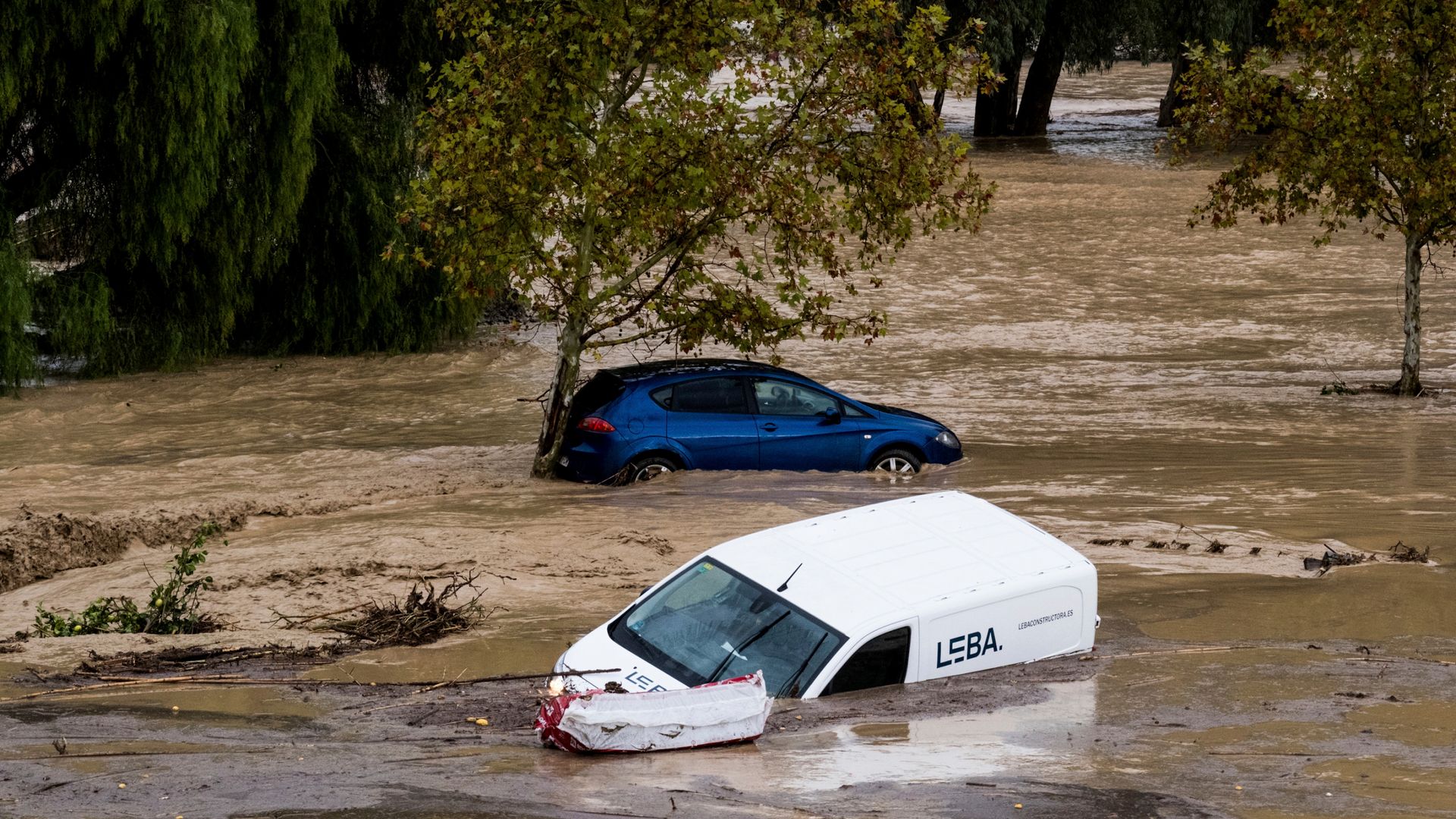

Hard Telling Not Knowing each week tries to answer your burning questions about why things are the way they are in Maine — specifically about Maine culture and history, both long ago and recent, large and small, important and silly. Send your questions to [email protected].
We take for granted the fact that decorating for the holidays can be as simple as buying some string lights and putting them up for the month of December. A little over a century ago, however, such a thing was an exciting new development for Bangor, which had only recently started getting electricity into homes and businesses.
Bangor didn’t become widely electrified until the 1920s. Prior to that era, people used candles or gas to illuminate their homes, which often resulted in fires throughout the winter season. Fires were especially common during the holidays, when people would put lit candles on their Christmas trees, a practice that seems utterly insane to us these days but which was a yearly tradition back then.
By the 1910s, however, most of downtown Bangor was electrified, and businesses would put that new development to colorful use during the holiday season. Almost as soon as they were available, Christmas lights were strung all over downtown.


In the 1910s, ’20s and ’30s, holiday lights were rather simple, generally consisting of white lights strung atop buildings and across Main Street, hanging over the cars, carriages and trolleys that ferried people from place to place. At the time, it was a novel and new-fangled thing for people to gawk at — few, if any, towns in Maine had Christmas light displays in that era. As with shopping, dining and entertainment, Bangor was the place to go for people living all across eastern and northern Maine.
After the end of World War II, as Bangor’s population boomed thanks to the presence of Dow Air Force Base and as post-war prosperity spread across the country, Christmas lights grew increasingly elaborate in downtown Bangor. Main Street was dubbed the “Fifth Avenue of Maine,” with streets packed with shoppers year-round and a holiday light that rivaled any other city in Maine — or New England, for that matter.
Freese’s Department Store in particular was well known for its opulent holiday decorations, with the enormous, 140,000-square-foot retail mecca adorned inside and out with lights and trees, and Christmas music blasting out onto the street. During the Christmas parade — held in that era on the Saturday after Thanksgiving — the streets and shops were packed with throngs of people from all over Maine.
Not that other stores were slouches in the decoration department. W.T. Grant, located on the corner of Central and Hammond streets, was famed for its gyrating St. Nick puppet, and Sears-Roebuck had its own opportunity for kids to meet Santa. In a video created by Bucksport’s Northeast Historic Film showcasing clips from a 1959 WABI-TV feature on downtown Bangor holiday shopping, you can see just how busy the downtown district was.
The golden age of downtown Bangor would soon come to an end, however, as the urban renewal era of the late 1960s and early 1970s destroyed countless downtown buildings in the name of progress. In 1978, the Bangor Mall opened, and within a few years all those anchor stores downtown would either close or move to the mall. By the 1980s, the hustle and bustle of a downtown Bangor Christmas had ground to a halt.
The city still decorated, of course, and the holiday tree was dutifully installed after Thanksgiving each year in West Market Square. In 2000, the traditional Christmas parade was replaced with the Festival of Lights, which saw the parade moved to the evening hours and local businesses and organizations decorate their floats with lights — a throwback, in a way, to the early years of electricity in Bangor, when such a thing was still a novelty.
Much has changed over the past century, as things always tend to. While downtown Bangor hasn’t quite reached the high points of its mid-century glory days, a lot of life has come back to the area, with new shops and restaurants occupying storefronts that for the better part of 30 years were empty. Businesses decorate their facades just as they did 100 years ago, while the city still puts up its traditional holiday decor, and a group of community volunteers string lights in Norumbega Parkway and Hannibal Hamlin Park. The more things change, the more they stay the same.









